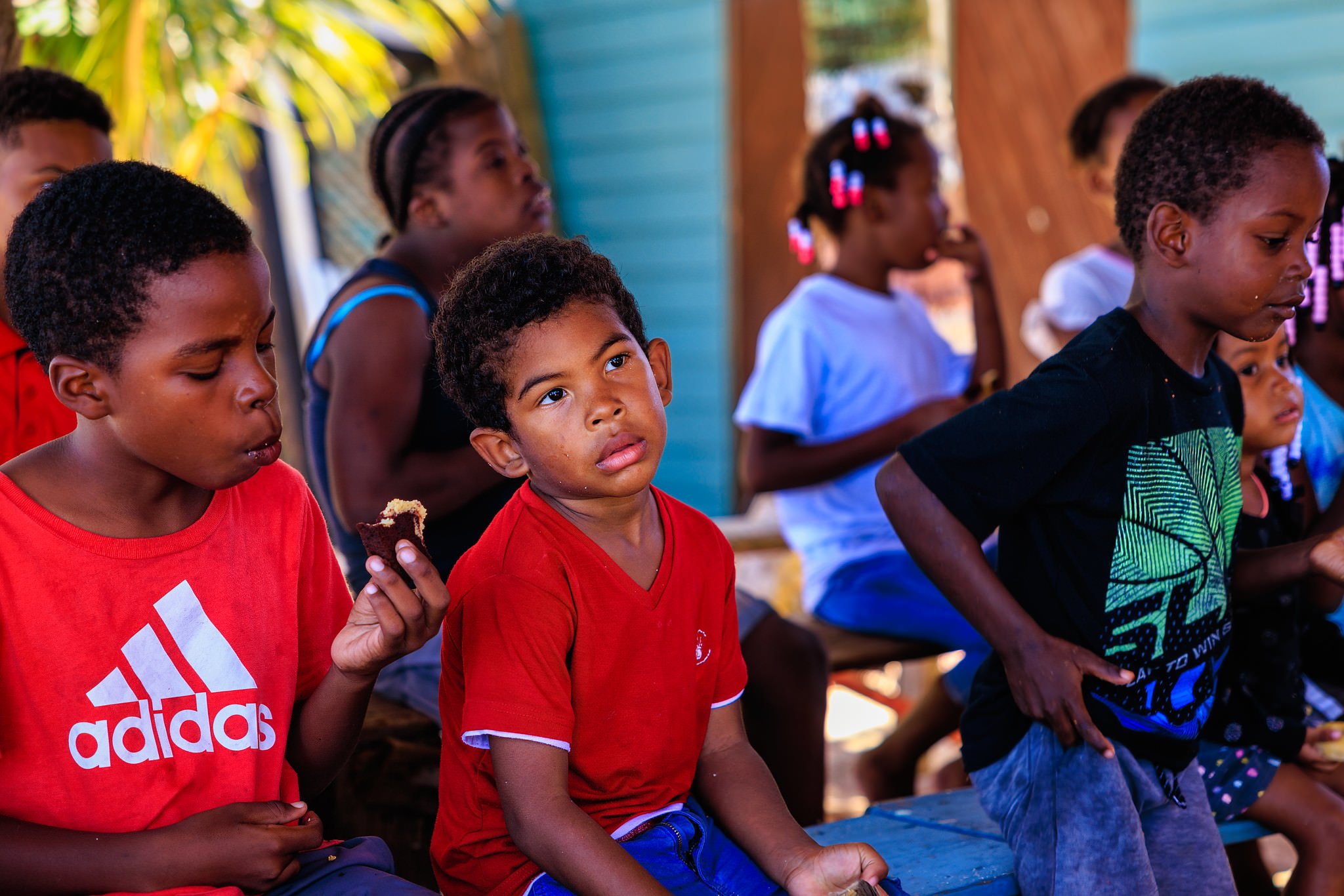Honduras
Honduras is bordered to the west by Guatemala, to the southwest by El Salvador, to the southeast by Nicaragua, to the south by the Pacific Ocean at the Gulf of Fonseca, and to the north by the Gulf of Honduras, a large inlet of the Caribbean Sea. Its capital and largest city is Tegucigalpa. Honduras has a population of about 9.5 million people, about 1.6 million of whom live in the capital. Honduras is slightly larger than Tennessee.
Unlike other Central American nations, Honduras is the only one with an urban population that is distributed between two large centers - the capital of Tegucigalpa and the city of San Pedro Sula.
Honduras is one of the poorest countries in Latin America and has one of the world's highest murder rates. More than half of the population lives in poverty and per capita income is one of the lowest in the region. Poverty rates are higher among rural and indigenous people and in the south, west, and along the eastern border than in the north and central areas where most of Honduras' industries and infrastructure are concentrated.
Although primary-school enrollment is near 100%, educational quality is poor, the drop-out rate and grade repetition remain high, and teacher and school accountability is low. Real per capita GDP is $5,600 (2021 est.). Over 48% of the population subsists below the poverty line. Honduras is a transshipment point for cocaine destined for the United States.
Honduras gained independence from Spain in 1821. It has been an independent republic and has held regular elections since 1838.
During the early 1980s, the United States established a continuing military presence in Honduras to support El Salvador, the Contra guerrillas (as in “counterrevolutionaries”) fighting the Nicaraguan government, and also developed an airstrip and modern port in Honduras.
The country was devastated by Hurricane Mitch in 1998, which killed about 5,600 people and caused approximately $2 billion in damage. Since then, the economy has slowly rebounded, despite COVID and severe storm-related setbacks in 2020 and 2021.
Despite this challenging history, there is much beauty to be found in Honduras.
Guajana, is one of the Bay Islands of Honduras, and is in the Caribbean. It is about 70 km off the north coast of Honduras, and 12 km from the island of Roatan. One of the cays off Guanaja, also called Guanaja or Bonnaca or Low Cay (or just simply, The Cay), is near the main island, and contains most of the approximately 10,000 people who live in Guanaja. The densely populated cay has been described as the Venice of Honduras because of the waterways that run through it.
The Cuero y Salado Wildlife Refuge is a protected natural area located on the Atlantic coast in Honduras. The refuge is home to many animal species, found within the mangrove canals flowing from the rivers Cuero and Salado. The water is brackish (a mixture of fresh and saltwater) because the reserve is right at the edge of the ocean.
The Cayos Cochinos or Cochinos Cays consist of two small islands (Cayo Menor and Cayo Grande) and 13 smaller coral cays situated 30 kilometers (19 mi) northeast of La Ceiba on the northern shores of Honduras. Although geographically separate, they belong to the Bay Islands department and are part of the Roatán municipality. The population numbered 108 at the 2001 census. The total land area measures about 2 km2 (0.8 sq mi).
The islands are a Marine Protected Area and are managed by the Honduras Coral Reef Foundation. The coral reef here is part of the world's second largest coral reef system known as the Meso-American Barrier Reef. The Cayos Cochinos have no roads, cars or bikes.





